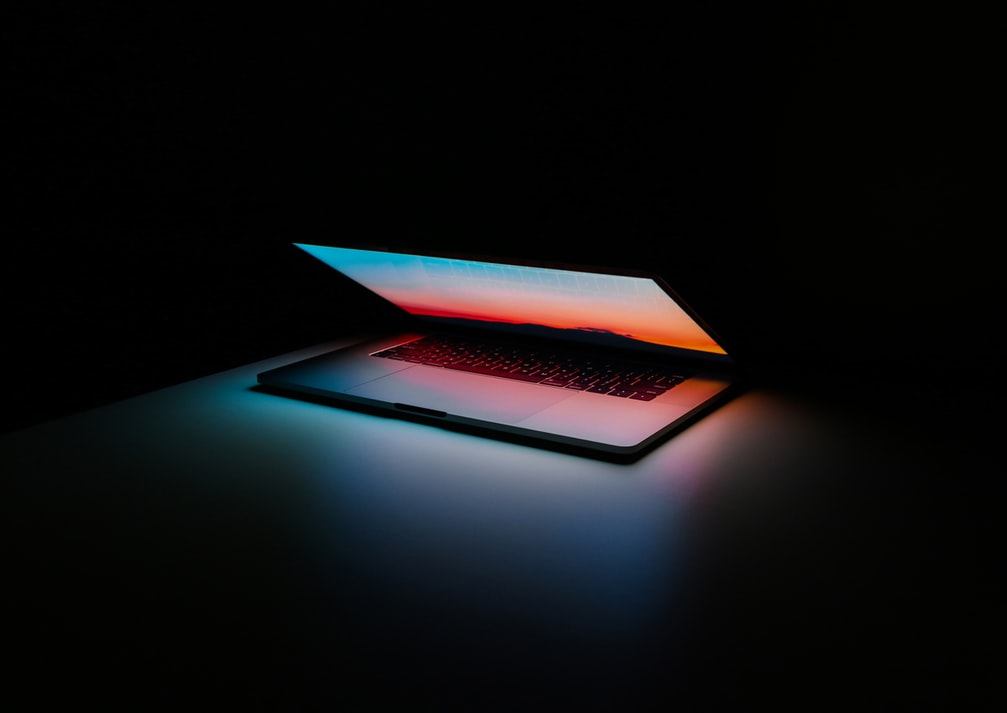Designed to show ‘the answer, not links to the answer’, Graph Search is designed around searching connections within Facebook. With the ability to search user’s basic information, likes and interests, relationships and family, work, location and photos and videos, Graph Search allows for ‘natural searching’ within your friends on Facebook.
An example given for a search you can put into Graph Search was ‘My friends who live in Palo Alto who like Game of Thrones’, which will search for friends in the Palo Alto area who have ‘liked’ Game of Thrones on Facebook. This would then generate a list of people you know who may like to watch the film with you.
Zuckerberg was quick to make it clear that this wasn’t a search engine for the web, rather a search tool for your friends and connections on Facebook, saying “We are not indexing the web, we are indexing our map of the graph”.
Results are displayed as previews of Facebook profiles linked to those who bear the most relevance to the search term; displaying the user’s profile picture, job title, location, education, relationship status and how you are connected (mutual friends, etc).
Facebook have been quick to brand Graph Search as perfect for ‘dating’ and a ‘powerful recruitment tool’, as well as a ‘way to explore the world around you’.
Graph Search is also a powerful search tool for photographs on Facebook. Search terms like ‘Photos I Like’ and ‘Photos of Friends before 1990′ connect you with the content you’re looking for faster than ever. Like people, photos can also be searched against their location. Terms like ‘Photos taken in London’ will display all of your friend’s photos which are geo-tagged in London.
Perhaps the most interesting – and in some cases fun – use of Graph Search is searched interests. Facebook demoed the two search terms “Music liked by people who like Mitt Romney” and “Music liked by people who like Barak Obama”, showcasing just how precise a set of criteria the search platform can handle.

Facebook showed off several dozen examples of searches which the platform can handle, all of which have practical and exciting uses. From restaurant recommendations and photo searches to countries your friends have visited and tools to help you reach out to new people. It’s Facebook’s ‘third pillar’ and a tool which joins together your digital and in-person social lives.
Facebook say “Graph Search and web search are very different. Web search is designed to take a set of keywords (for example: “hip hop”) and provide the best possible results that match those keywords. With Graph Search you combine phrases (for example: “my friends in New York who like Jay-Z”) to get that set of people, places, photos or other content that’s been shared on Facebook. We believe they have very different uses.
“Another big difference from web search is that every piece of content on Facebook has its own audience, and most content isn’t public. We’ve built Graph Search from the start with privacy in mind, and it respects the privacy and audience of each piece of content on Facebook. It makes finding new things much easier, but you can only see what you could already view elsewhere on Facebook.
“We’re very early in the development of Graph Search. It’s only available in English today and you can search for only a subset of content on Facebook. Posts and Open Graph actions (for example, song listens) are not yet available. We’ll be working on these things over the coming months.”






